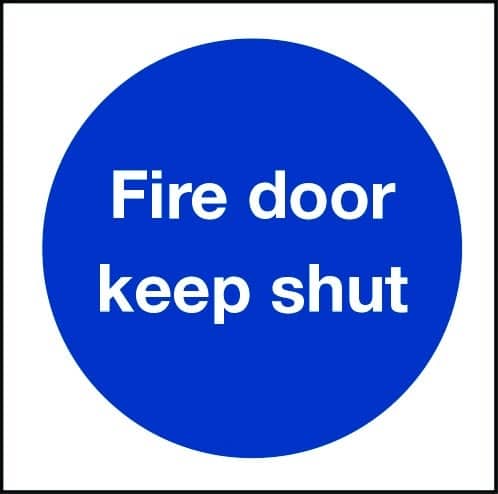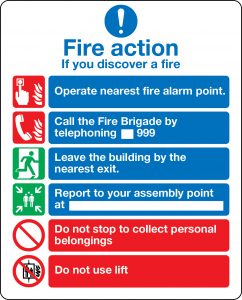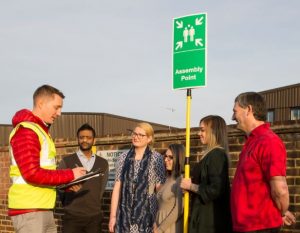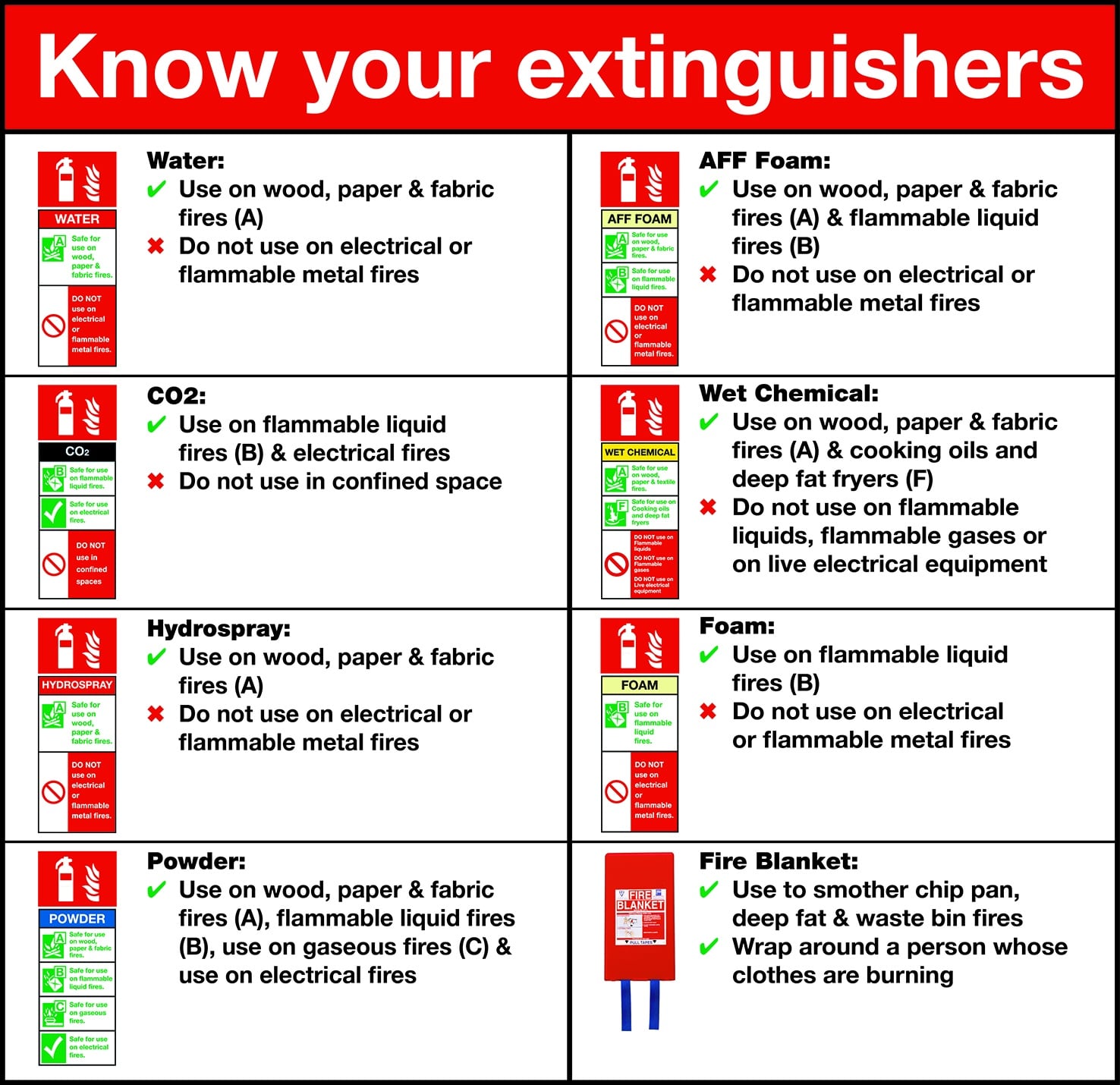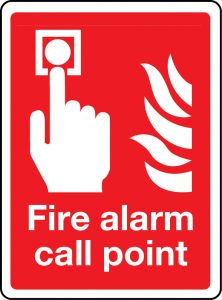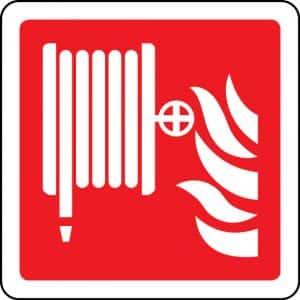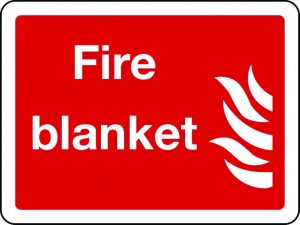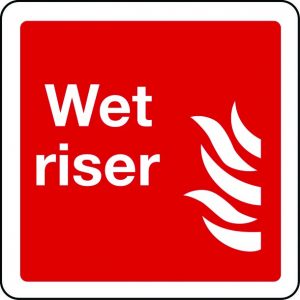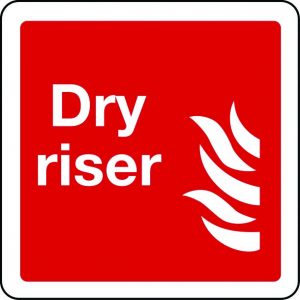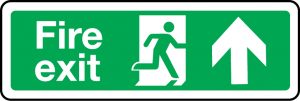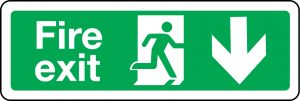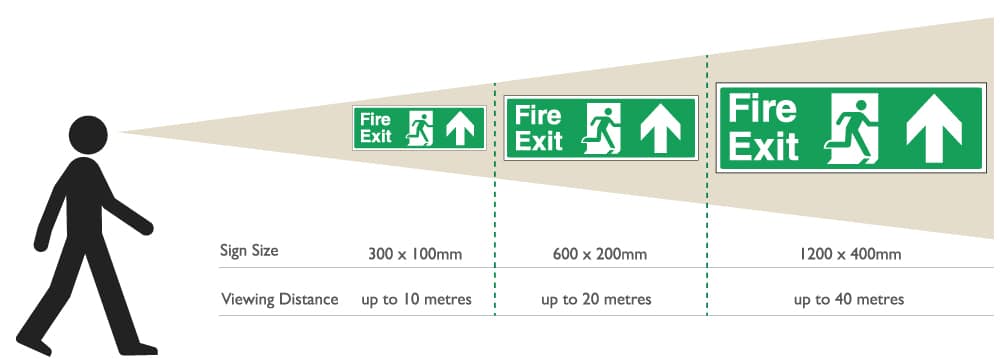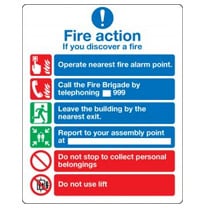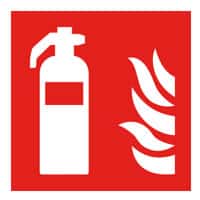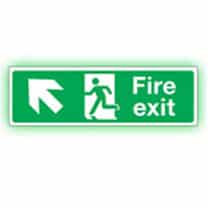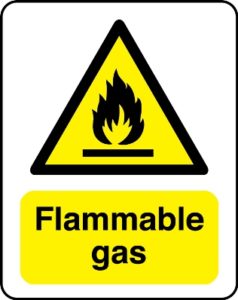With fire posing deadly risks and devastating consequences, it is essential that fire safety is top of your agenda when considering health & safety signage for your business. Ensuring that you are prepared for the eventuality of a fire help can you avoid employee and visitor injury, protect against costly damages and recently increased health & safety breach fines.
Where do I start…?
If you’re responsible for the fire safety in your workplace, then the first step is to conduct a fire risk assessment of the premises. This will allow you to:
- Identify risks and hazards
- Control for identified risks by implementing appropriate fire safety measures
- Make plans for an emergency
- Inform staff of fire safety procedures
- The Health and Safety (Signs and Signals) Regulations 1996 act states that safety signage should be used where there is a significant risk to health and safety where other methods cannot control the risk. Signs must conform to BS ISO 7010 standard to ensure consistency.Work environments come in all shapes and sizes so fire safety requirements will differ, however we have put together a recommendation of some of the essential fire safety signs you should be displaying around your business:
What are the 5 different categories of fire signage?
Fire Exit Signage
If your building has a simple layout and it is clear and obvious where the exit is e.g a door at the front of a small shop – then fire exit signage is not a requirement.
However for bigger or more complex buildings signage is essential. You should first determine your primary exit route.
This should be the shortest and quickest route out of a building from any given location – for these routes use the Exit signage.
You also need to plan a secondary escape route in case a fire makes the primary route impassable. For this route and for all other routes out of a building use the Fire Exit Signage:
- If in any doubt about which signs to use – use the Fire Exit Signage throughout the entire building
- From any position within a building an escape sign should be visible
- Once you have passed the first sign the next sign on the route should be clearly visible
- You will need further signage at every change of direction
- Final exit signs must be above all final exit doors
- Signs must not be conflicting – e.g. two arrow up back to back sign could cause confusion or people from opposite directions running in to each other
Your fire exit signage is part of the safe condition category, these signs are identified by white text on a green background and gives information on escape routes or first aid. For more information about which direction you require and viewing distances check out our easy to follow blog on understanding fire signage here.
Fire Door Signage
Fire doors are crucial in slowing the spread of fire. When closed, they act as a barrier to help prevent the fire from spreading and when open they allow as a means of escape.
All fire doors should be marked with the appropriate sign dependent on the type of exit. The following signage is mandatory (white text on blue background) which indicates a course of action must be taken. Where appropriate the sign should be displayed on both sides of the door.
- Fire Door Keep Shut – use for fire doors that need to be closed when not in use
- Fire Door Keep Locked Shut – use for fire doors that must be kept locked when not in use
- Automatic Fire Door Keep Clear – use for doors that are held open by an automatic mechanism
Fire Action Notice
The purpose of a fire action notice is to inform employees or visitors of what action to take in the event of a fire. These signs can come with spaces to fill in details and gives information such as:
- Phone number to call the fire brigade
- Address of building
- How to exit the building
- Assembly point information
- Specific instructions regarding the building
There are a range of different fire action notices – such as notices for buildings with lifts, for residential care homes, for people with mobility issues etc. Ensure you choose the correct sign for your business and the people who use it/have access to. It is a good idea to position your fir action notice next to your fire alarm call point. This means that whoever is activating the alarm has details on what to do and where to go on sounding the alarm.
Fire Assembly point
Your emergency exit routes need to lead as directly as possible to a safe area. This should be far enough away from the building so that emergency services are able to avoid interference and so potential debris from the fire is avoided.
When determining your fire assembly point you must also ensure this is suitable for vulnerable people when exiting a building such as elderly people or people with mobility issues.
Fire Safety Equipment:
It is crucial that staff and visitors are aware of the location of fire safety equipment and how to use it in the event of a fire. Current legislation states that all fire safety equipment which requires manual handing must be easy to locate and have clear signage. Fire safety equipment signs are red with white text to allow for easy identification
– Fire Extinguishers
It is recommended to display signage giving details on fire extinguishers types (water, Co2, Hydrospray, powder, wet chemical & AFF foam) so that people can quickly choose the chose the correct extinguisher in an emergency depending on the type of fire.
The majority of fires can be successfully tackled in the first few minutes with the correct extinguisher; therefore it is vital that staff are aware of the location and detail of extinguishers. Signage, with symbols to accompany instructions, should be displayed next to every extinguisher location.
– Fire Alarm Call Point
It is mandatory to display a fire alarm call point sign next to all fire alarm points. A fire alarm call point enables people to quickly raise the alarm in the event of an emergency or fire.
UK fire alarm regulations (BS 5839) recommend fire alarm systems to be inspected at least every 6 months and tested weekly to help prevent false alarms and alert occupants in the event of a fire.
– Other fire safety equipment signage
If you have other fire safety equipment on your premises then you should also include signage to highlight the location. This includes but is not limited to:
Fire hose reel, fire blanket, dry riser & wet riser signs.
Glow with the flow…
All of our Fire safety signs are available in photoluminescent material. The glow admitted from the signs will help staff and visitors make their way out of a building or locate fire safety equipment if the lighting fails. There are multiple benefits of your photoluminescent signage, to read about these read our blog here.

